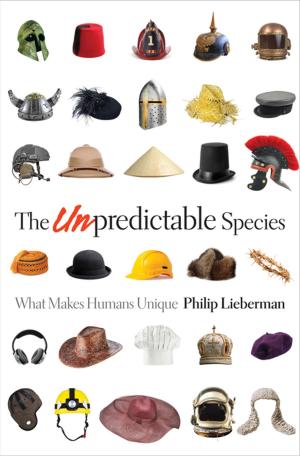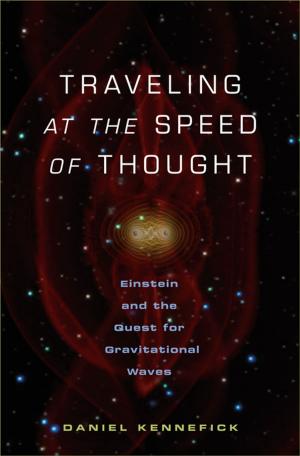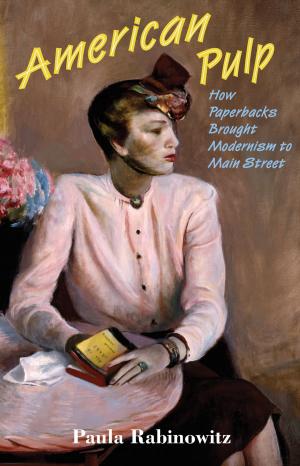The Search for Mathematical Roots, 1870-1940
Logics, Set Theories and the Foundations of Mathematics from Cantor through Russell to Gödel
Nonfiction, Science & Nature, Mathematics, Logic, History| Author: | I. Grattan-Guinness | ISBN: | 9781400824045 |
| Publisher: | Princeton University Press | Publication: | February 11, 2011 |
| Imprint: | Princeton University Press | Language: | English |
| Author: | I. Grattan-Guinness |
| ISBN: | 9781400824045 |
| Publisher: | Princeton University Press |
| Publication: | February 11, 2011 |
| Imprint: | Princeton University Press |
| Language: | English |
While many books have been written about Bertrand Russell's philosophy and some on his logic, I. Grattan-Guinness has written the first comprehensive history of the mathematical background, content, and impact of the mathematical logic and philosophy of mathematics that Russell developed with A. N. Whitehead in their Principia mathematica (1910-1913).
?
This definitive history of a critical period in mathematics includes detailed accounts of the two principal influences upon Russell around 1900: the set theory of Cantor and the mathematical logic of Peano and his followers. Substantial surveys are provided of many related topics and figures of the late nineteenth century: the foundations of mathematical analysis under Weierstrass; the creation of algebraic logic by De Morgan, Boole, Peirce, Schröder, and Jevons; the contributions of Dedekind and Frege; the phenomenology of Husserl; and the proof theory of Hilbert. The many-sided story of the reception is recorded up to 1940, including the rise of logic in Poland and the impact on Vienna Circle philosophers Carnap and Gödel. A strong American theme runs though the story, beginning with the mathematician E. H. Moore and the philosopher Josiah Royce, and stretching through the emergence of Church and Quine, and the 1930s immigration of Carnap and GödeI.
Grattan-Guinness draws on around fifty manuscript collections, including the Russell Archives, as well as many original reviews. The bibliography comprises around 1,900 items, bringing to light a wealth of primary materials.
Written for mathematicians, logicians, historians, and philosophers--especially those interested in the historical interaction between these disciplines--this authoritative account tells an important story from its most neglected point of view. Whitehead and Russell hoped to show that (much of) mathematics was expressible within their logic; they failed in various ways, but no definitive alternative position emerged then or since.
While many books have been written about Bertrand Russell's philosophy and some on his logic, I. Grattan-Guinness has written the first comprehensive history of the mathematical background, content, and impact of the mathematical logic and philosophy of mathematics that Russell developed with A. N. Whitehead in their Principia mathematica (1910-1913).
?
This definitive history of a critical period in mathematics includes detailed accounts of the two principal influences upon Russell around 1900: the set theory of Cantor and the mathematical logic of Peano and his followers. Substantial surveys are provided of many related topics and figures of the late nineteenth century: the foundations of mathematical analysis under Weierstrass; the creation of algebraic logic by De Morgan, Boole, Peirce, Schröder, and Jevons; the contributions of Dedekind and Frege; the phenomenology of Husserl; and the proof theory of Hilbert. The many-sided story of the reception is recorded up to 1940, including the rise of logic in Poland and the impact on Vienna Circle philosophers Carnap and Gödel. A strong American theme runs though the story, beginning with the mathematician E. H. Moore and the philosopher Josiah Royce, and stretching through the emergence of Church and Quine, and the 1930s immigration of Carnap and GödeI.
Grattan-Guinness draws on around fifty manuscript collections, including the Russell Archives, as well as many original reviews. The bibliography comprises around 1,900 items, bringing to light a wealth of primary materials.
Written for mathematicians, logicians, historians, and philosophers--especially those interested in the historical interaction between these disciplines--this authoritative account tells an important story from its most neglected point of view. Whitehead and Russell hoped to show that (much of) mathematics was expressible within their logic; they failed in various ways, but no definitive alternative position emerged then or since.















